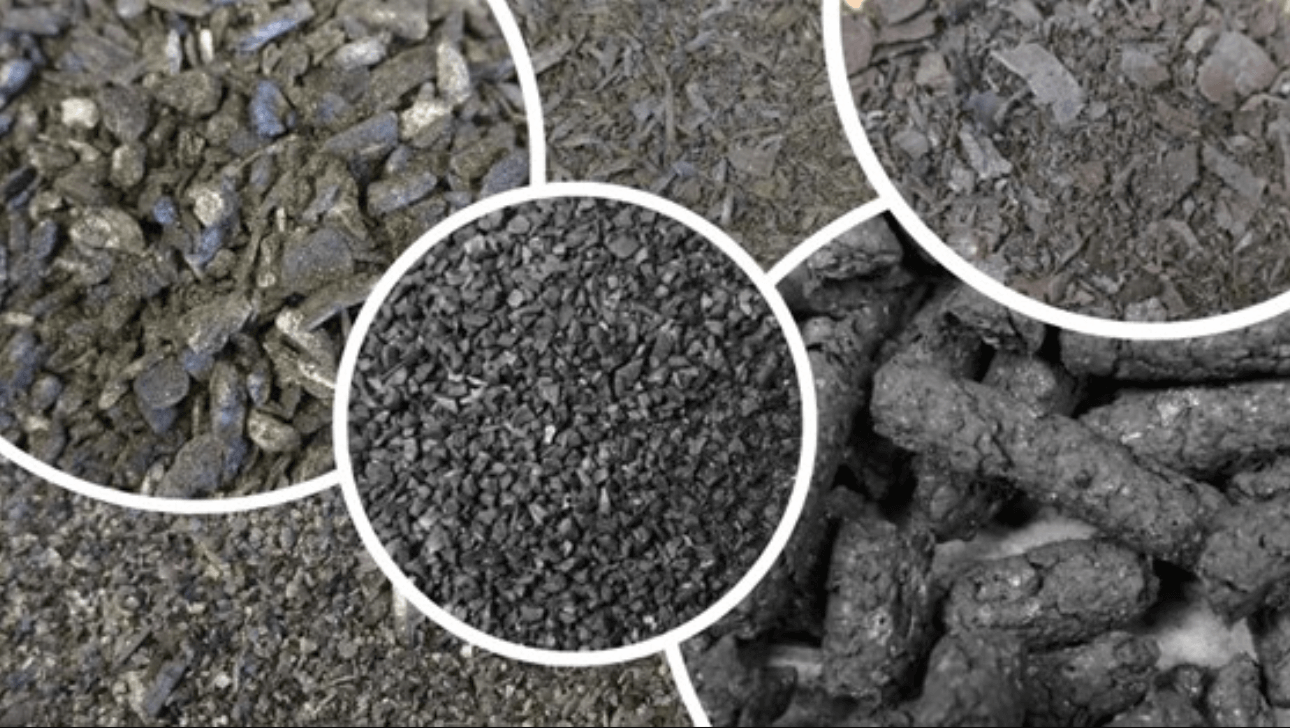One of the questions I’ve been asked recently with increasing frequency is how to avoid exposure to those “forever chemicals” that we are being warned about in numerous newspaper articles, books, and social media sites. These are the “perfluoroalkyl substances,” commonly referred to by the acronym PFAS, that constitute a family of some 9000 compounds.
Many are used in a wide array of consumer items on account of their resistance to both water and fats as well as for their lubricant properties. They are found in stain-resistant fabrics, food packaging, water-resistant cosmetics, non-stick cookware, rain gear, ski wax, tent materials, windshield wipers, adhesives, paper products, paints, gaskets, hoses, floor polishes, food processing machinery, construction materials, fire-fighting foams and literally hundreds of other products.
These compounds can be detected in virtually everyone’s blood, and just as they resist breakdown in the environment, they also stand up to the body’s detoxicating enzymes. But how great a worry is this?
There is no shortage of studies. Hundreds of laboratory experiments, animal trials, and human epidemiological investigations have been published. Many suggest that these “forever” substances can cause biological mischief, but the evidence is certainly not ironclad and one can pick and choose among the studies to either convict or absolve them of crimes against humanity.
…
Given the lack of consensus in studies about PFAS, and the fact that we are exposed to thousands of both naturally occurring and synthetic compounds every day with varying degrees of toxicity, it is not possible to come to a conclusion as to the impact of these “forever” chemicals.
































